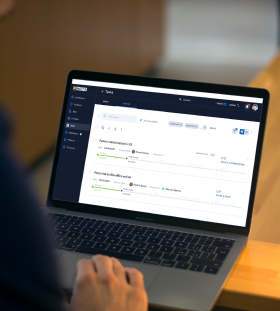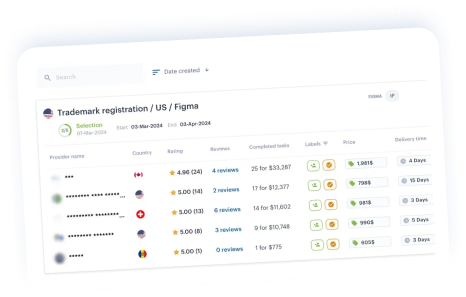הודעה על הקצבה והענקת פטנטים
עם קבלת הודעה על קצבה, עליך לשלם את דמי ההענקה הנדרשים. לאחר תשלום זה, הפטנט יפורסם ויינתן באופן רשמי, ובכך יבטיח את הזכויות הבלעדיות שלך



עם קבלת הודעה על קצבה, עליך לשלם את דמי ההענקה הנדרשים. לאחר תשלום זה, הפטנט יפורסם ויינתן באופן רשמי, ובכך יבטיח את הזכויות הבלעדיות שלך







-
עוזר IP המופעל על ידי AI שעוזר לך ליצור מטלה מפורטת תוך דקות.
-
בחירת עורך הפטנטים המקומי המתאים ביותר על פי קריטריונים ספציפיים.
-
קבלת הודעת קצבה, טיפול באגרות ממשלתיות והנפקת תעודת פטנט.
-
ניטור ודיווח מקוונים בפלטפורמה לאורך כל התהליך.

-

יותר מ-800 משרדי עורכי דין בתחום הקניין הרוחני מ-150+ מדינות, דירוג וביקורות
-

עוזר IP המופעל על ידי בינה מלאכותית המסייע ביצירת משימות ומציאת עורכי דין רלוונטיים
-

עמלות קבועות, תשלומים מקוונים מאובטחים ומהירים עם תוצאות מובטחות
-

גישה 24/7 לתהליך הרישום ואחסון נתונים מקוון עבור כל המקרים שלך
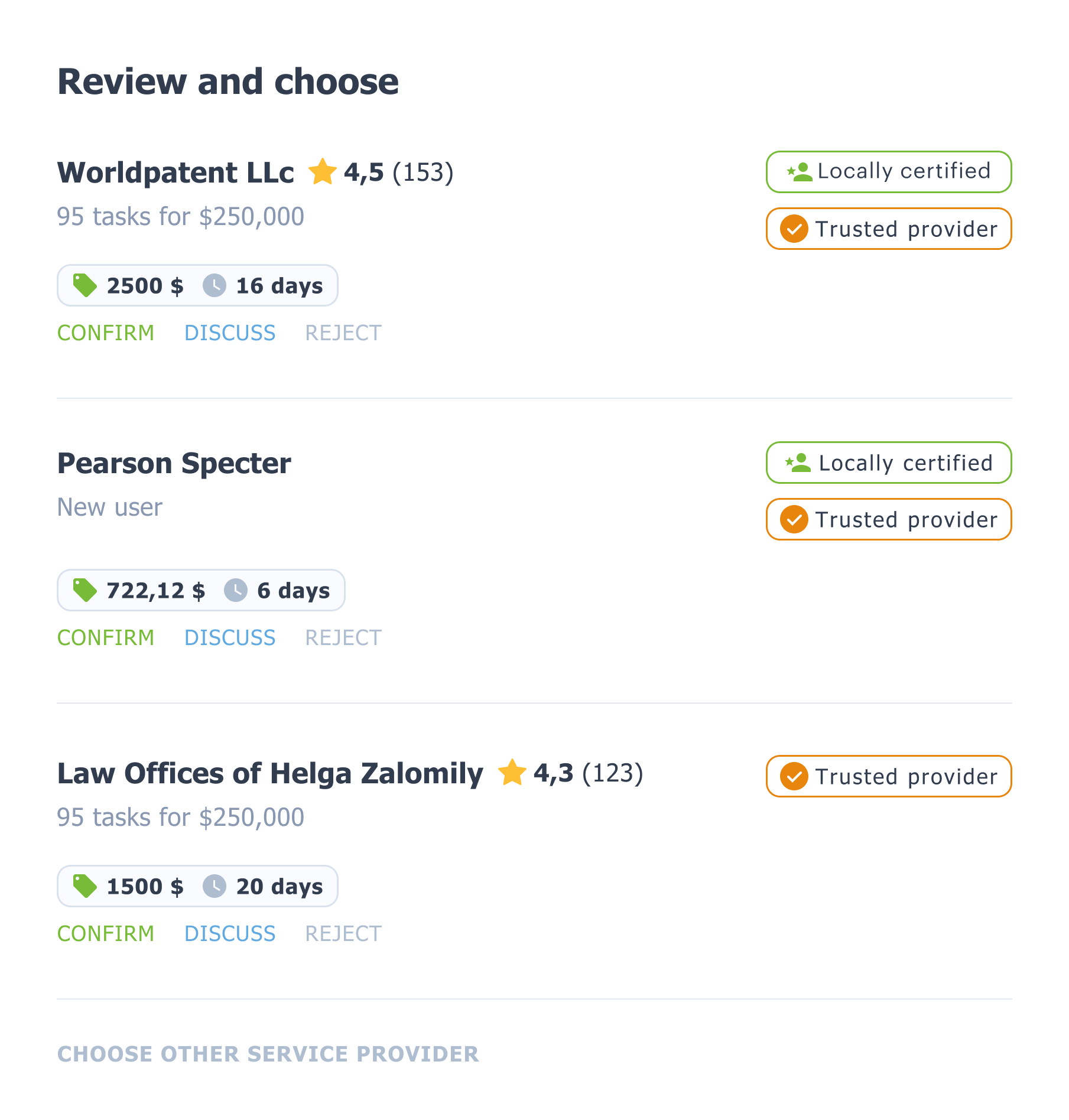

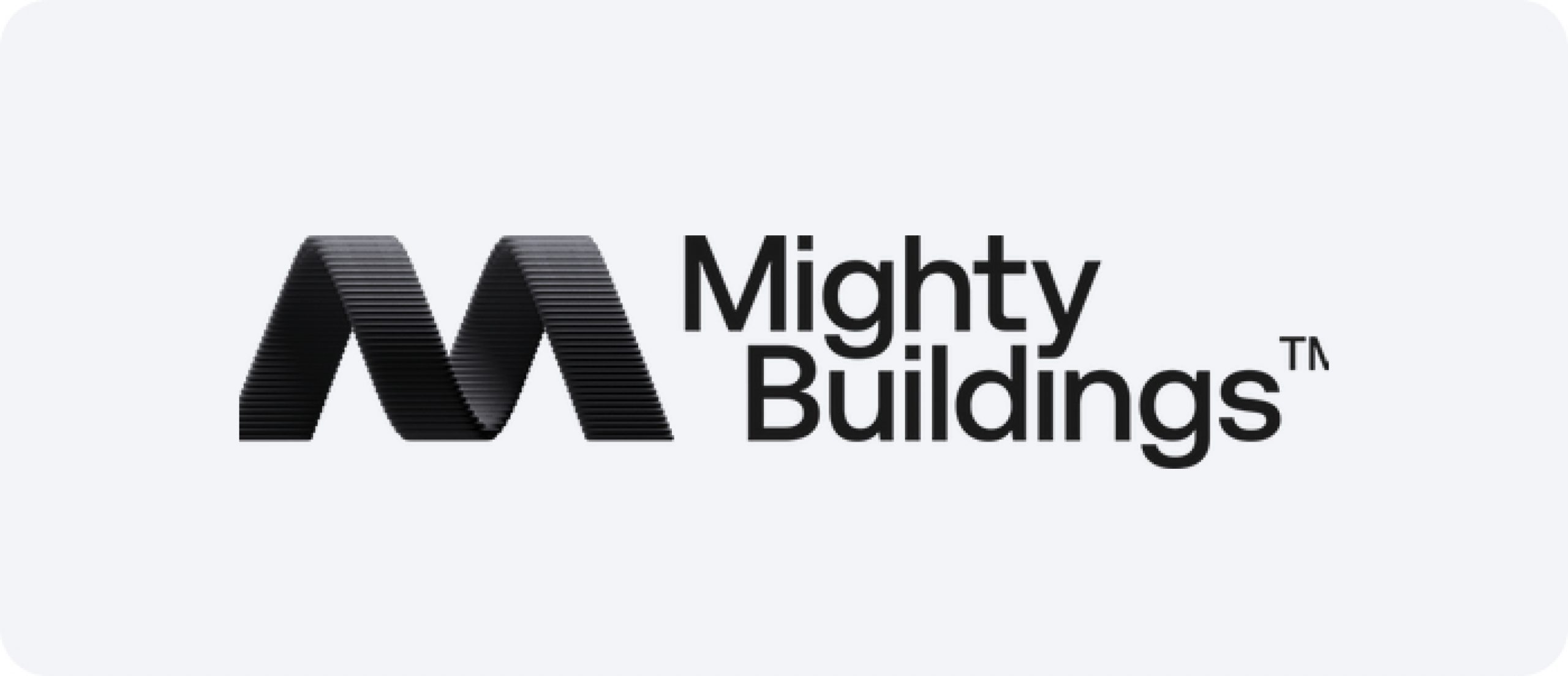
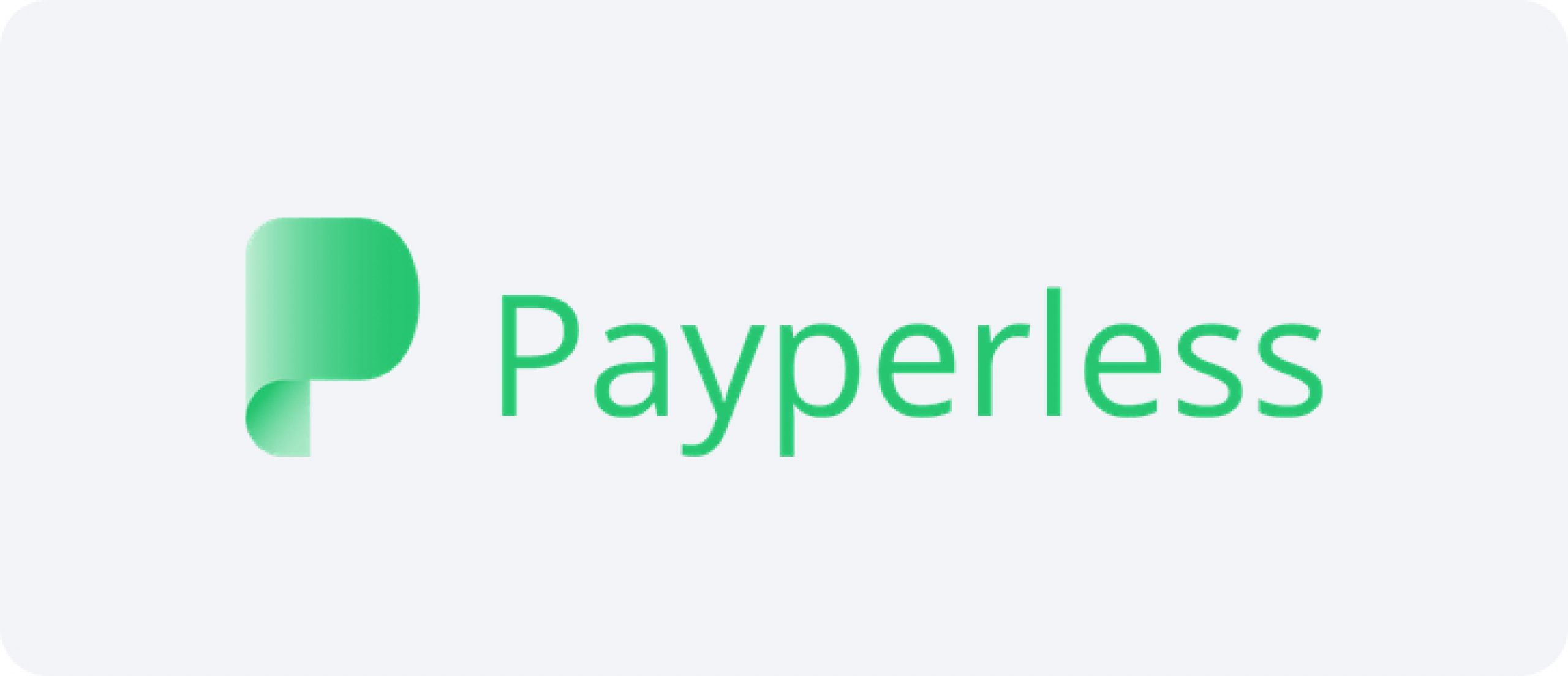

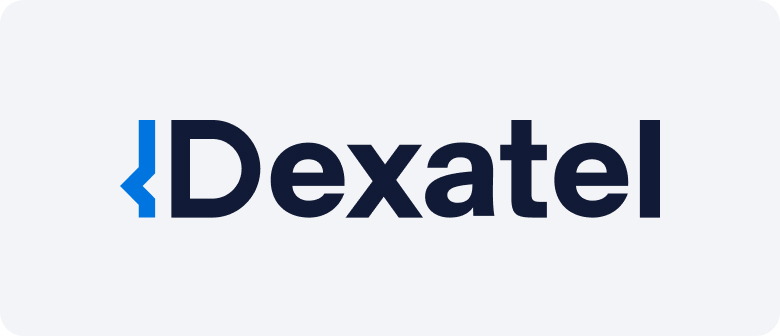
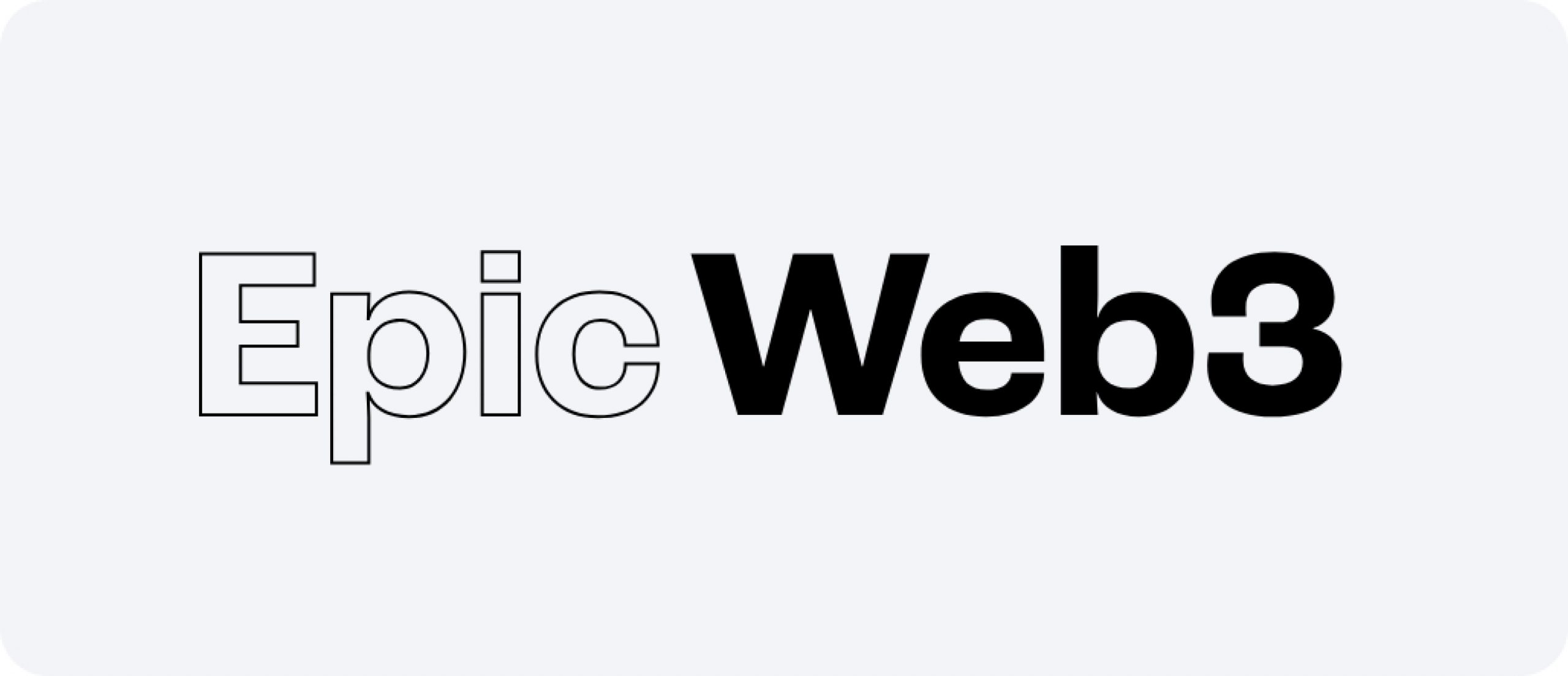
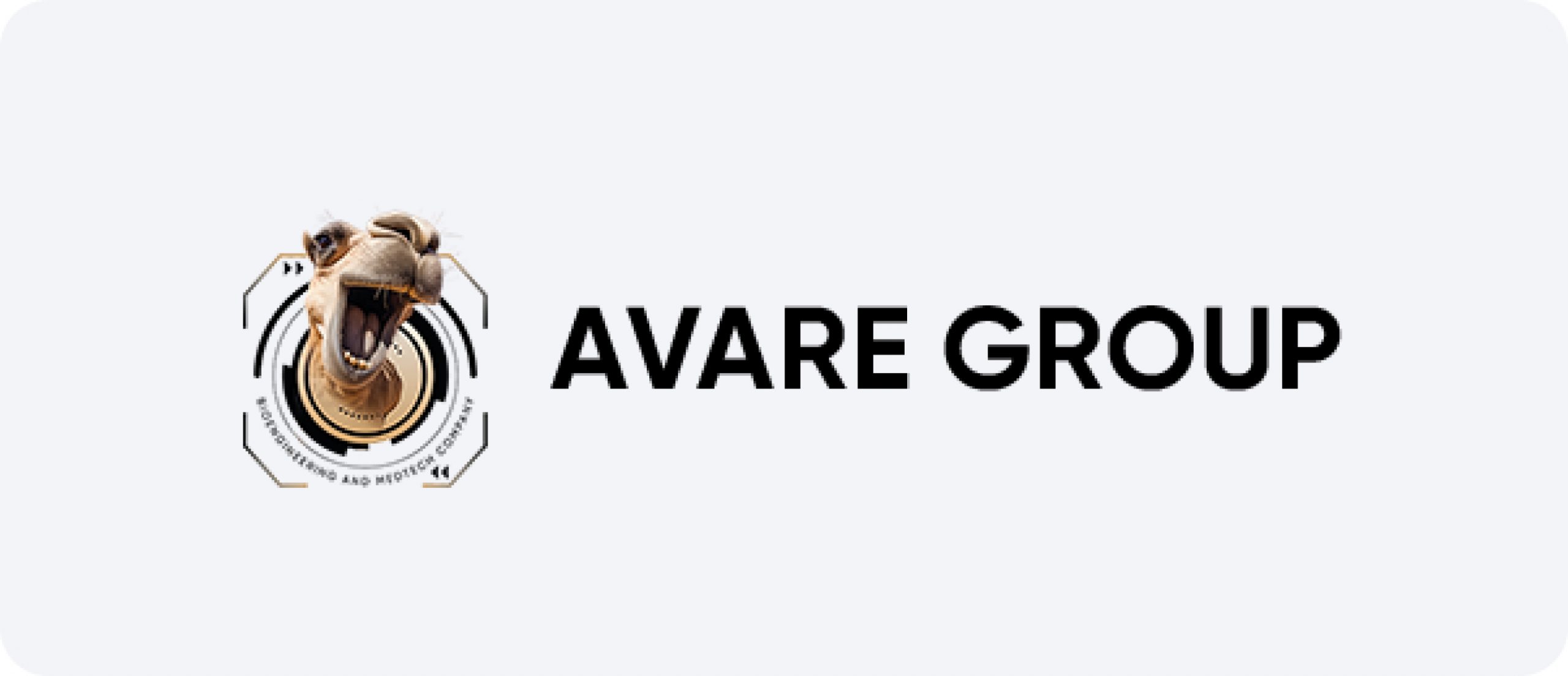
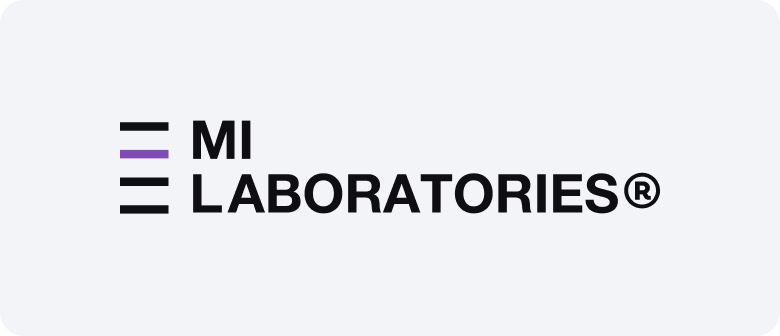
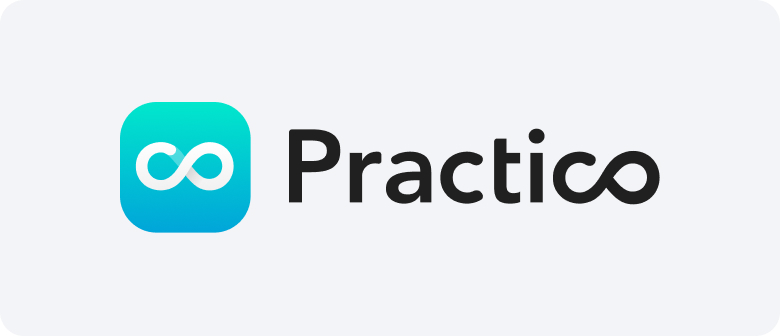
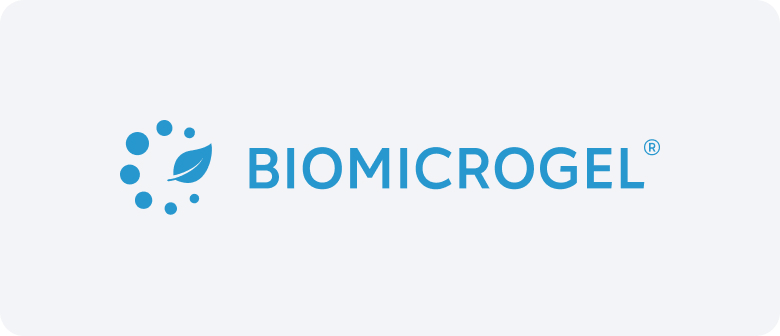
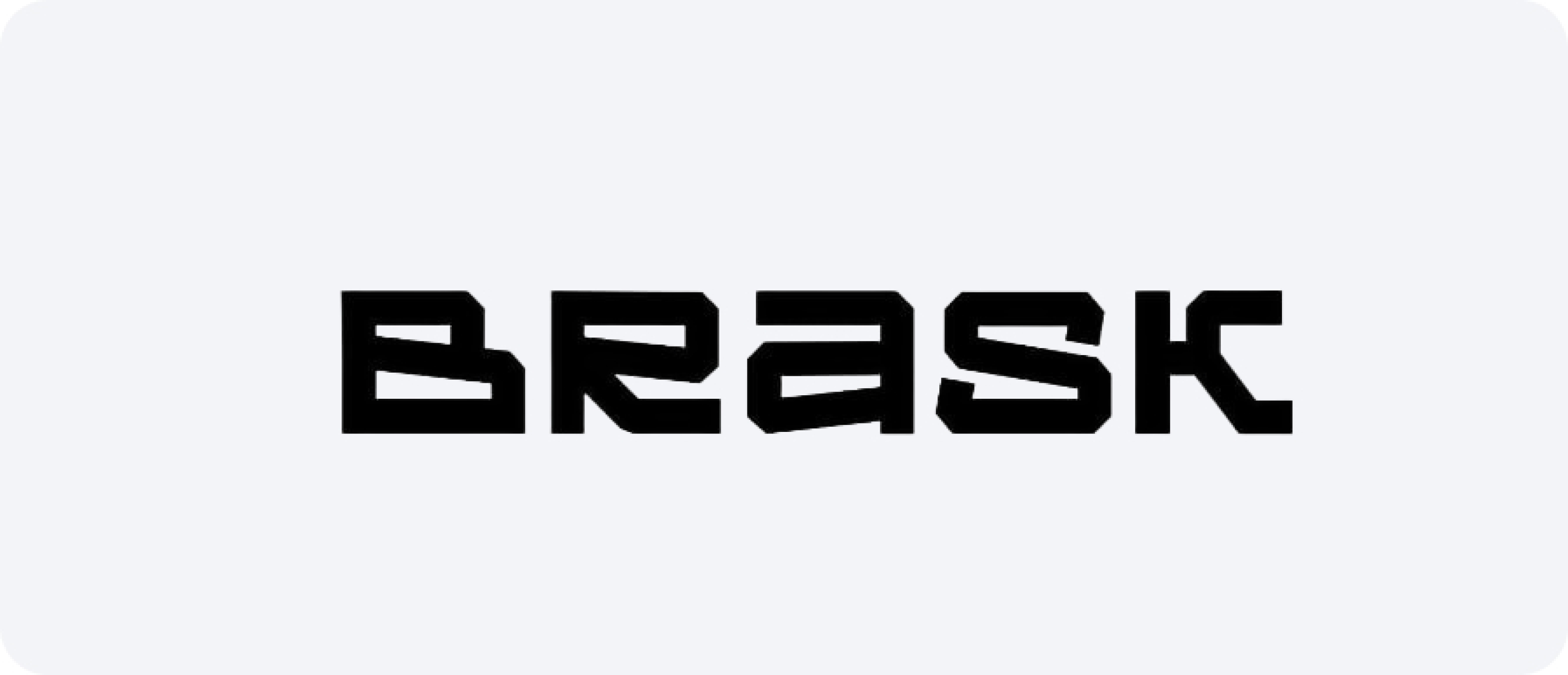
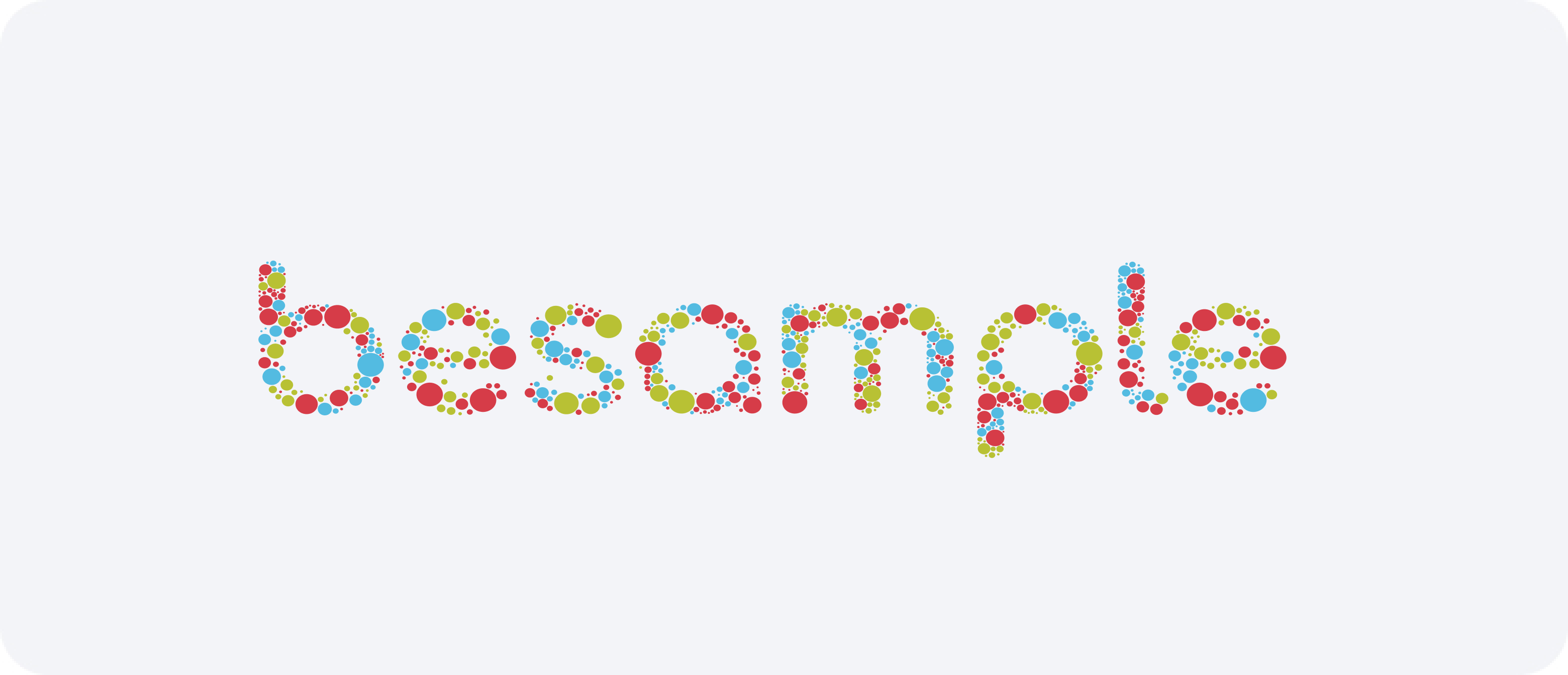
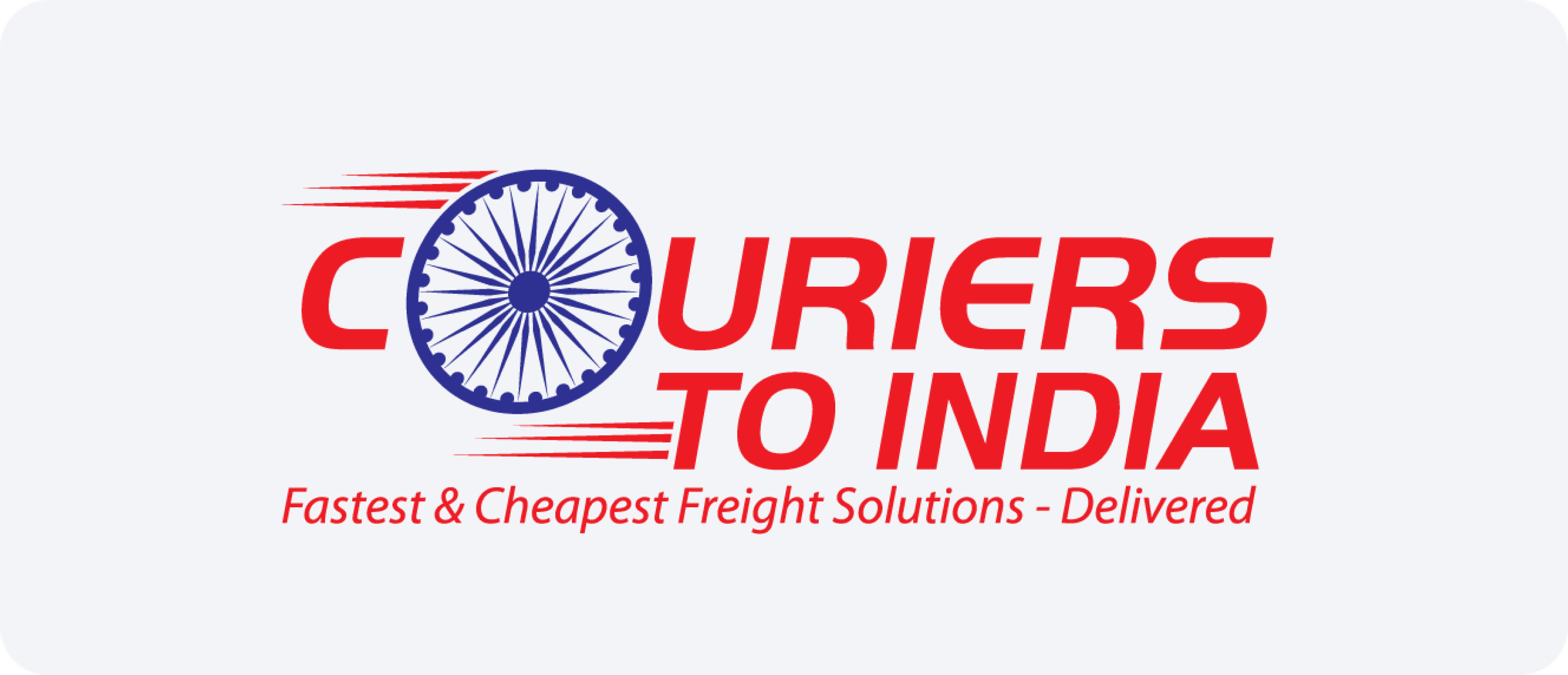

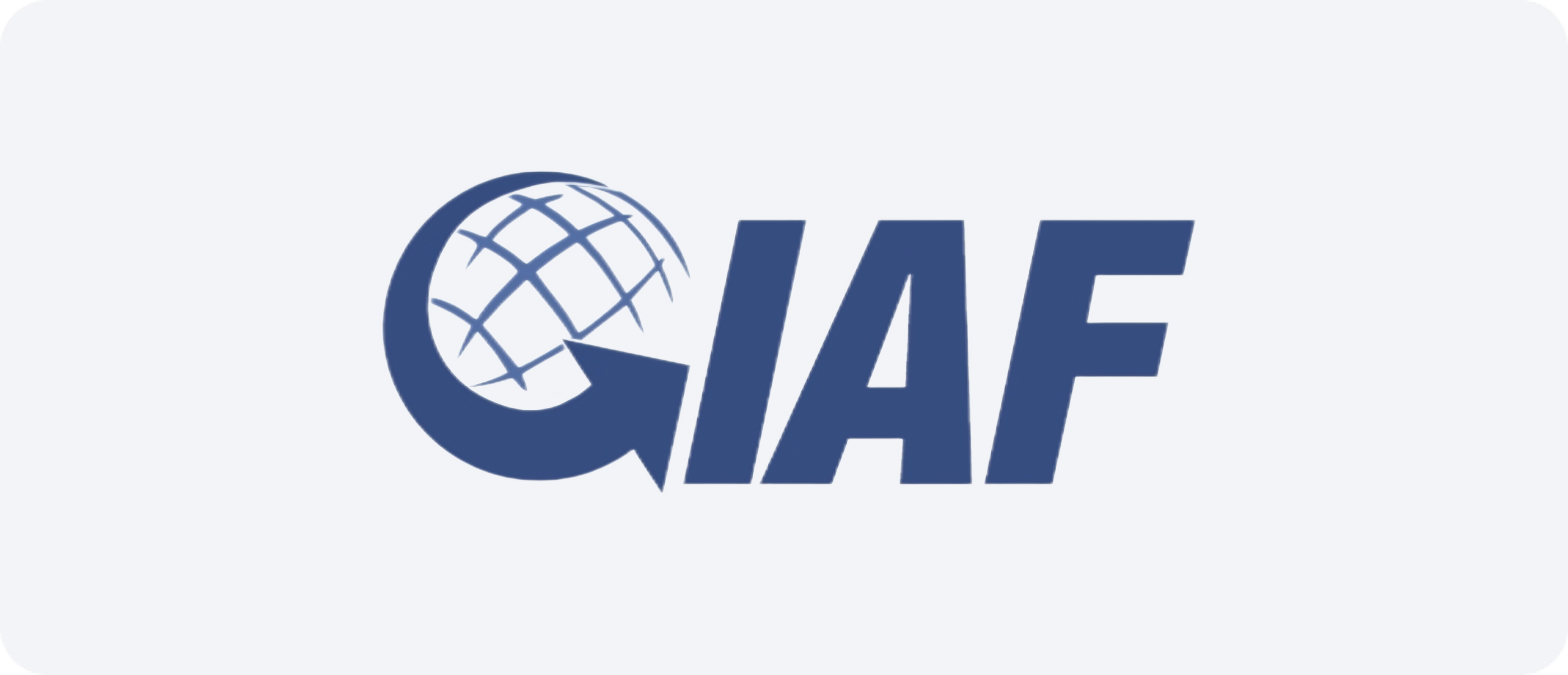
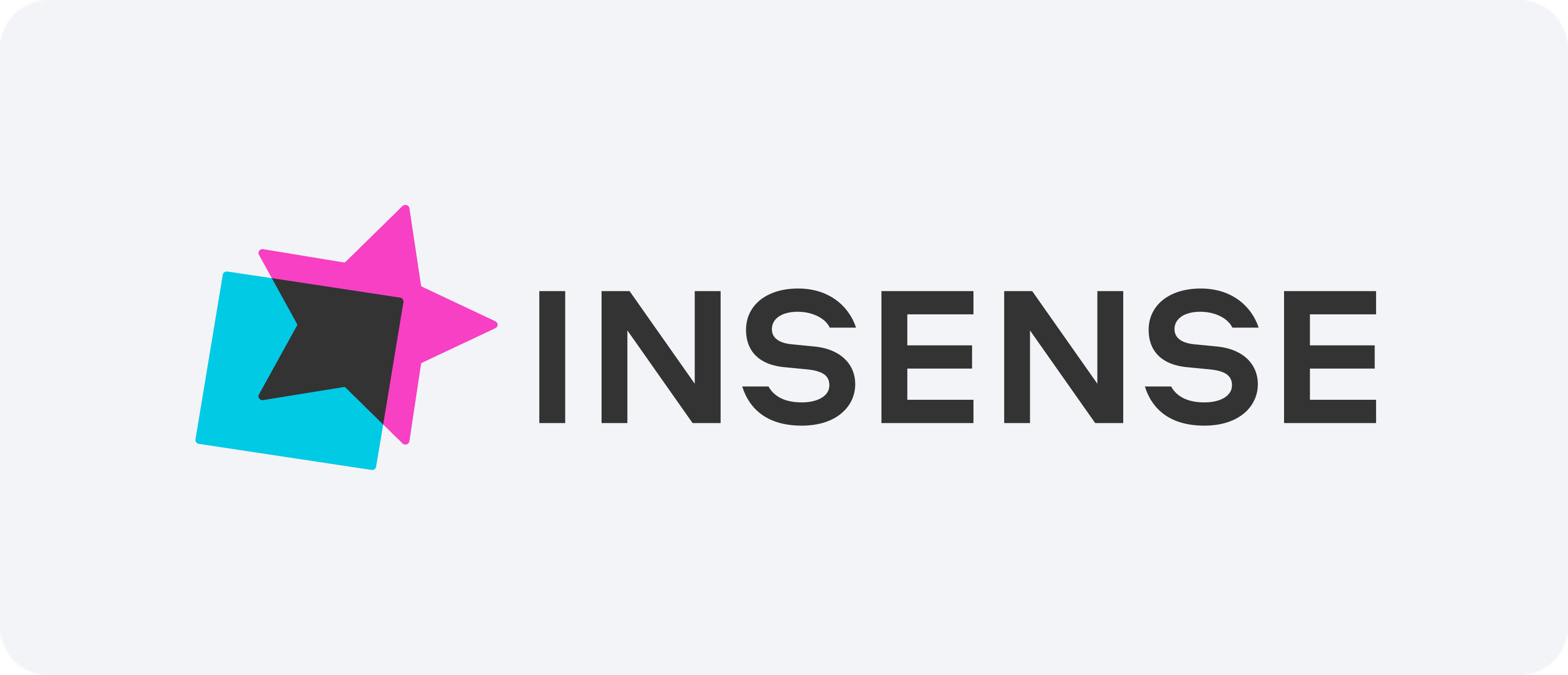

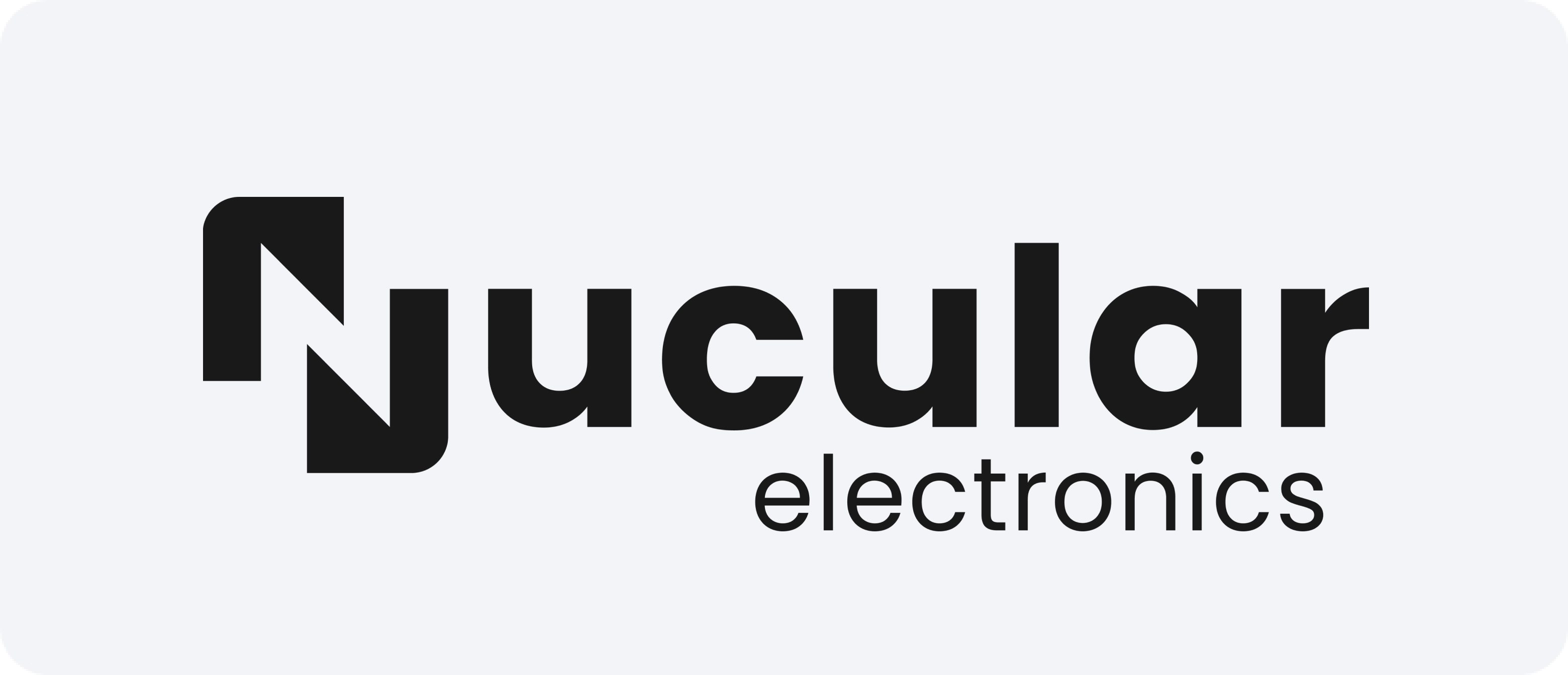
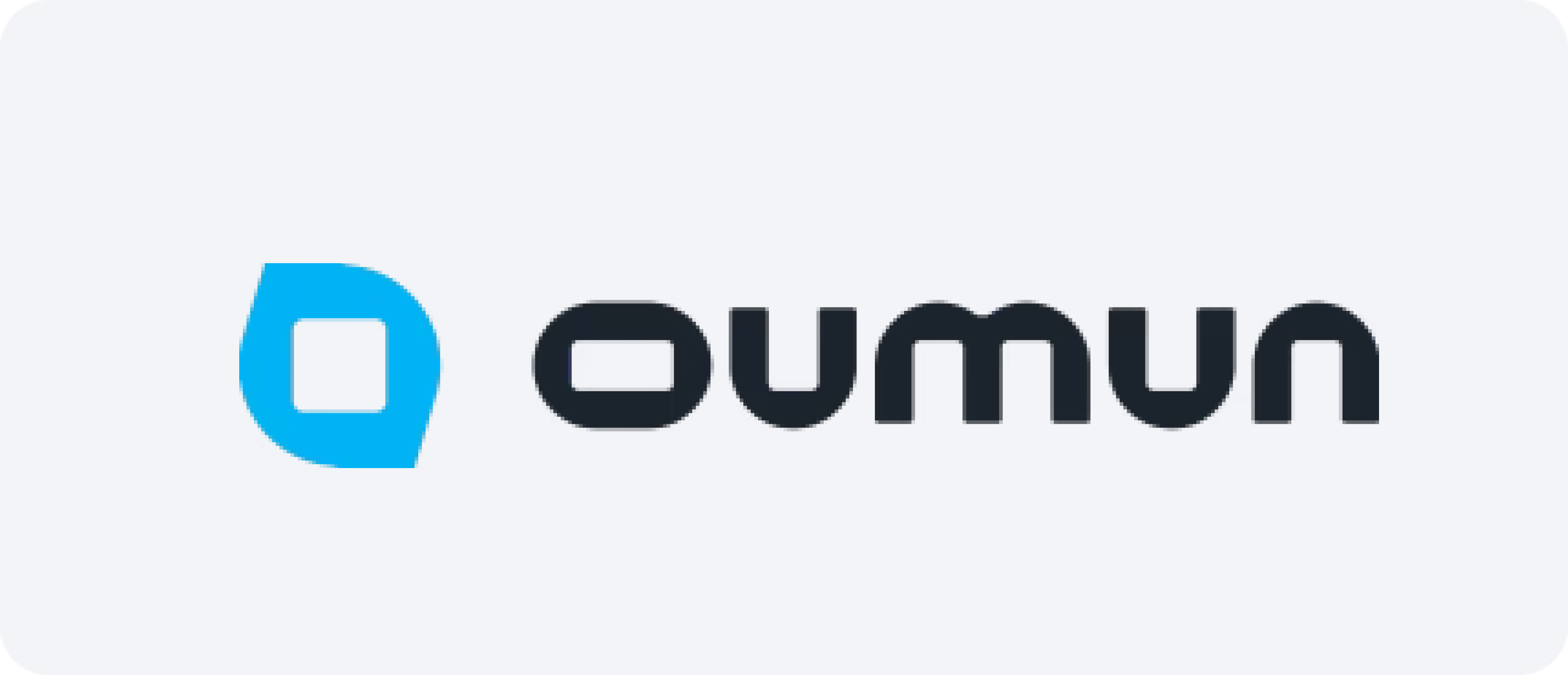

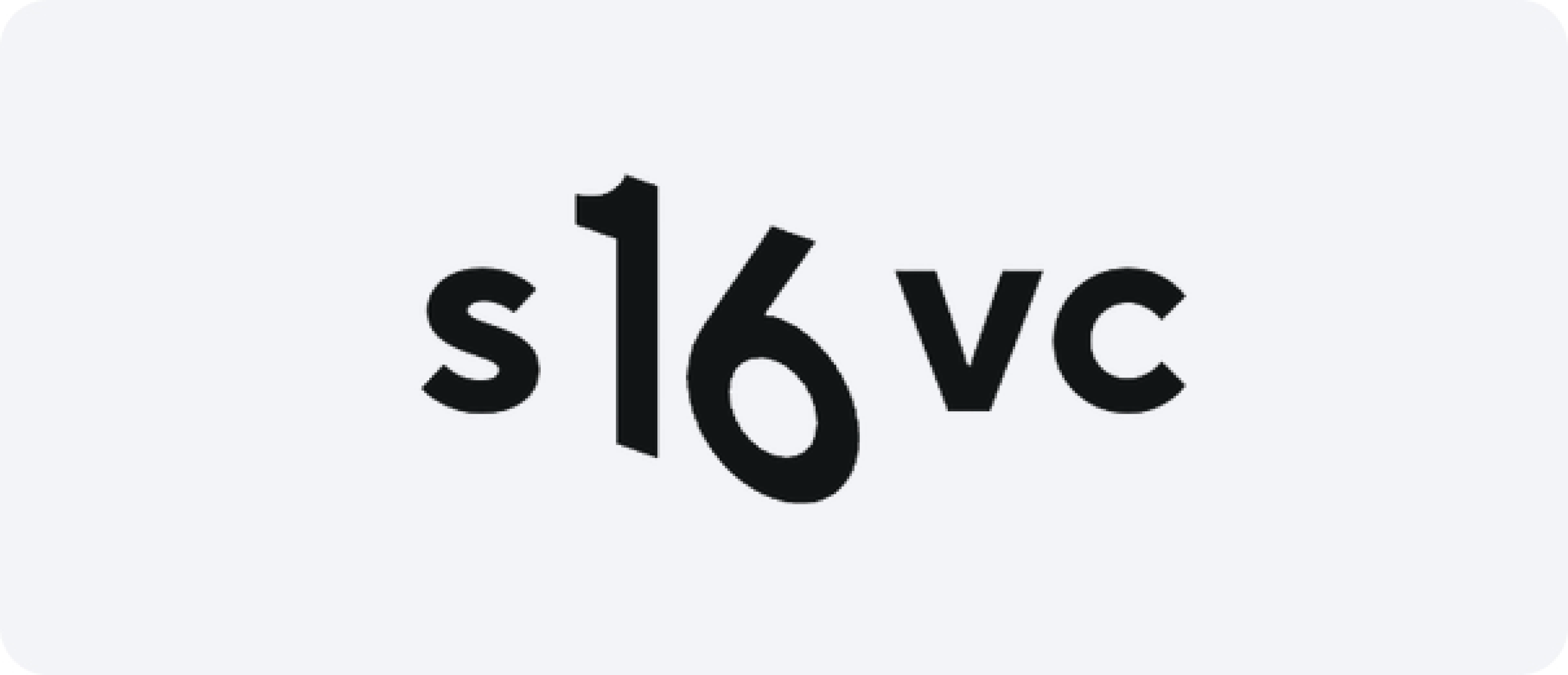




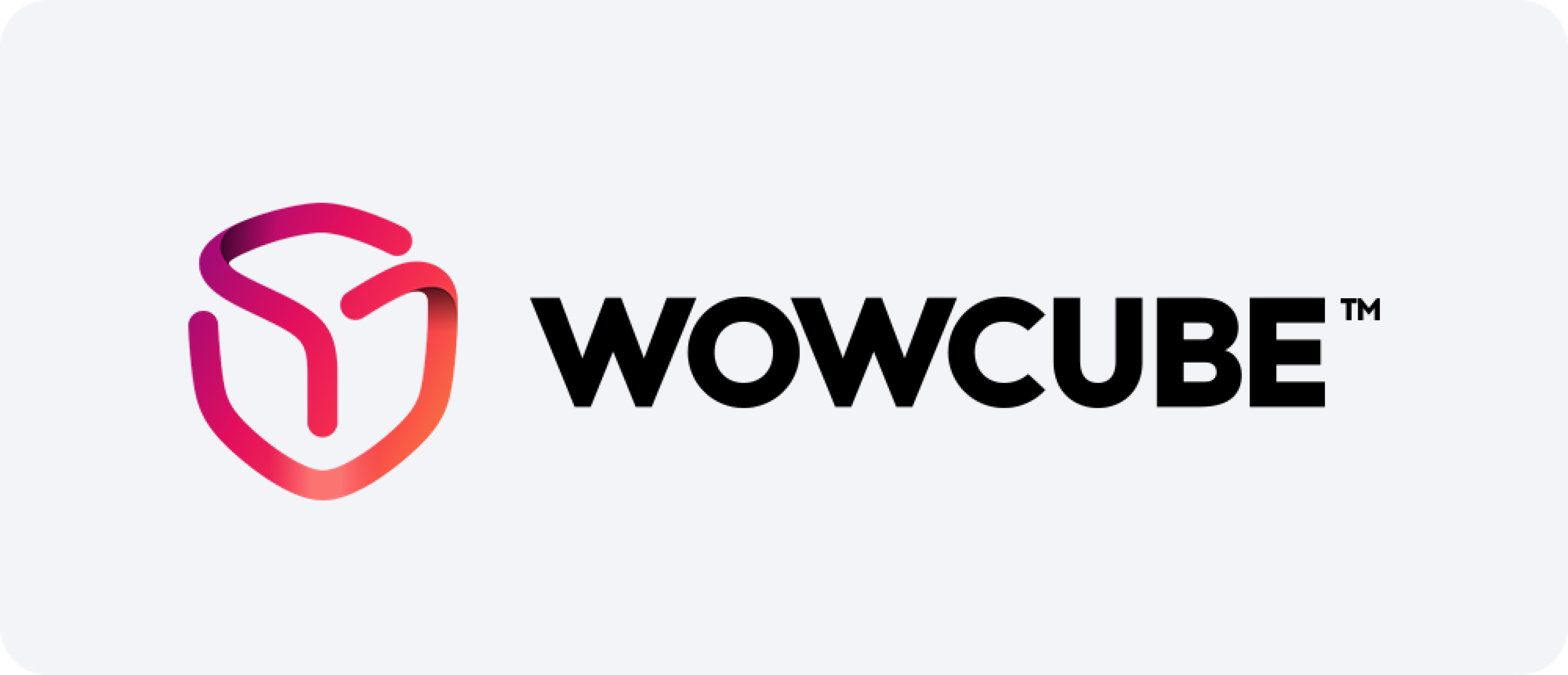












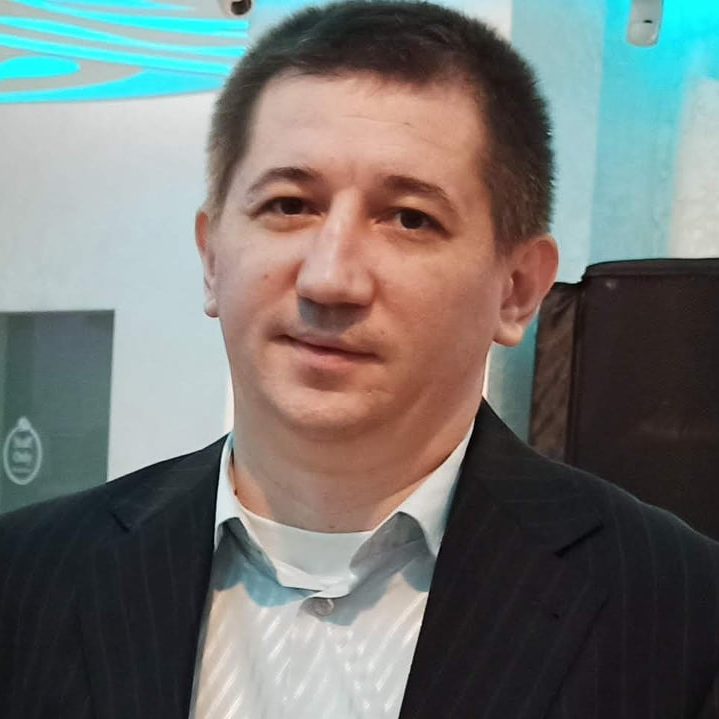
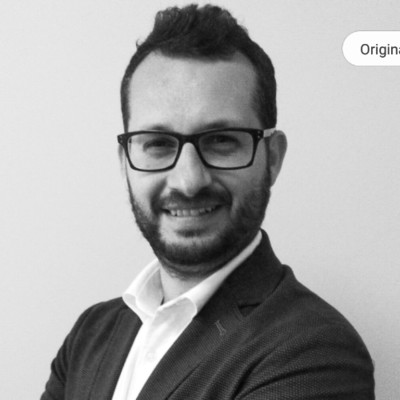
הודעה על אישור והענקת פטנטים ברחבי העולם: מה שחדשנים צריכים לדעת
קבלת הודעת אישור היא רגע מכריע בתהליך רישום הפטנט. הודעה רשמית זו מאותתת כי משרד השלים את בחינתו והוא מוכן להעניק פטנט, בתנאי שהמבקש יעמוד בדרישות הסופיות. הבנת אופן פעולתו של תהליך זה בתחומי שיפוט שונים חיונית לחדשנים ועסקים המחפשים הגנה ברחבי העולם.
הודעת ההנפקה היא יותר מאבן דרך פרוצדורלית - זוהי אור ירוק לחדשנות להתקדם, ומעניקה לממציאים הזדמנות להבטיח זכויות בלעדיות. בין אם אתם מגישים בקשה בארצות הברית, אירופה, אסיה או אזורים אחרים, הכרת הניואנסים בתהליכי מתן פטנטים מבטיחה שאתם בעמדה טובה להגן על הנכסים הרוחני שלכם ברחבי העולם.
הבנת תהליך מתן הפטנטים הגלובלי
למרות שהחוקים משתנים בין מדינות שונות, רוב המדינות פועלות לפי רצף דומה: הגשת בקשה, בחינה, הנפקה ובסופו של דבר הנפקת זכויות. לאחר הנפקת הודעת אישור, המבקשים נדרשים בדרך כלל לשלם דמי הנפקה ולספק מסמכים סופיים. זה מתחיל את הפרסום וההנפקה הרשמית של הפטנט.
בארצות הברית, ההודעה מונפקת לאחר שבוחן USPTO קובע כי הבקשה עומדת בכל דרישות החוק. תחומי שיפוט אחרים, כגון EPO או JPO, משתמשים בתהליכים דומים אך מותאמים באופן מקומי.
האלמנטים הבאים נמצאים בדרך כלל בצנרת האישור הגלובלית:
- ההודעה שניתנה לאחר בדיקה מוצלחת
- תשלום דמי הנפקה רלוונטיים
- הגשת כל תיקונים או מסמכים סופיים
- פרסום מענק המצאה
- הנפקת זכויות למבקש
למרות קווי הדמיון, לוחות הזמנים והנהלים יכולים להיות שונים. ביפן, לדוגמה, על המועמדים לבקש בדיקה בתוך מסגרת זמן מסוימת, בעוד שבאיחוד האירופי, דרישות התרגום ושלבי האימות מגיעים לאחר אישור.
הבדלים עיקריים באישור עולמי
אבטחת פטנטים במספר מדינות דורשת ידע בפרקטיקות מקומיות ובעיכובים אפשריים. הנה סקירה קצרה של האופן שבו מספר רשויות שיפוט מרכזיות מטפלות בתהליך הודעות ההנפקה והאישור:
- אַרצוֹת הַבְּרִיתלאחר קבלת הודעת ההנפקה, למבקשים יש בדרך כלל שלושה חודשים לשלם את דמי ההנפקה. לאחר עיבוד ההודעה, ההנפקה מתפרסמת ומספר ההמצאה מוקצה.
- האיחוד האירופילאחר הודעת "הכוונה להנפיק", על המבקשים לאשר את הטקסט ולשלם את האגרה. לאחר מכן ההמצאה מתפרסמת ומאושרת במדינות חברות נבחרות.
- סִיןלאחר שהבקשה מתקבלת, ה-CNIPA מוציאה הודעה ומבקשת את האגרה הסופית. לאחר מכן, ההמצאה מונפקת ומתפרסמת.
- יַפָּןמשרד הרישום של האמצאות (JPO) מוציא הודעת הנפקה, הדורשת תשלום דמי רישום. זכויות מוענקות לאחר רישום בפנקס ההמצאות.
- קנדהלאחר הודעת ההנפקה, על המבקשים לשלם אגרה סופית תוך תקופה שנקבעה. לאחר מכן, ההמצאה מאושרת.
- אוֹסטְרַלִיָהלאחר קבלה, ההמצאה מתפרסמת ומונפקת לאחר תקופת המתנה, ללא תשלום.
- בְּרָזִילתהליך האישור אורך לעיתים קרובות זמן רב יותר עקב צבר, אך לאחר האישור, נשלחת הודעה, ונדרשות עמלות סופיות עבור ההנפקה.
יתרונות קבלת הודעת הנפקה
קבלת הודעת הנפקה מביאה עמה מספר יתרונות:
- ודאות משפטית - היא מאשרת שההמצאה נחשבת חדשנית, המצאתית ובעלת יישום תעשייתי.
- הזדמנויות מונטיזציה – משקיעים ושותפים יכולים להשתתף ברגע שיראו נתיב ברור לאישור.
- מיצוב שוק – חברות יכולות לחשוף בפומבי את הנושא הממתין להן, שלעתים קרובות מסומן כ"ממתין".
- פוטנציאל רישוי – עם הודעת הנפקה ביד, נותני הרישיונות צוברים יתרון במשא ומתן.
- תכנון אסטרטגי – ציר הזמן לכניסה לתחומי שיפוט זרים או הגשת בקשות חלוקה הופך קונקרטי יותר.
אתגרים ושיקולים נפוצים
בעוד שהודעה על הנפקה היא סיבה לאופטימיות, היא אינה מבטיחה אישור אוטומטי. מספר בעיות עדיין עלולות להתעורר, כגון:
- אי עמידה במועד האחרון לתשלום דמי ההנפקה
- שגיאות בטקסט או בציורים הסופיים
- טעויות תרגום בתחומי שיפוט שאינם אנגלית
- התנגדות או בחינה מחודשת לאחר ההנפקה באזורים מסוימים
- כללים שונים עבור בקשות חלוקה או המשך
ניהול פרואקטיבי הוא קריטי. סוכנים ועורכי דין מתאמים לעתים קרובות הגשות בינלאומיות כדי להבטיח שהאישור יתבצע בצורה חלקה בין מדינות. שימוש בכלים כמו הסכם ה-PCT יכול לייעל הגשות בינלאומיות תחת הליך יחיד לפני הכניסה לשלבים לאומיים.
טיפים לניהול אישור המצאות ברחבי העולם
הנה כמה טיפים מעשיים לייעול האסטרטגיה הבינלאומית שלכם:
- יש לעקוב מקרוב אחר כל המועדים לאחר הנפקת הודעה
- תקציב עבור עמלות הנפקה בין תחומי שיפוט
- ודא את דיוק התרגום עבור אזורים כמו אירופה, יפן או סין
- לעבוד עם יועצים מקומיים שמבינים את החוקים הלאומיים ואת לוחות הזמנים
- תכנון רישוי או אכיפה פוטנציאליים לאחר מתן ההמצאה
- התאם את אסטרטגיות הגשת המידע ליעדי העסק - ייתכן שחלק מהשווקים לא ידרשו כיסוי מלא של הנושא
מחשבות אחרונות
המסע מבקשה להמצאה רצוף באבני דרך, אך הודעת ההנפקה היא אחת החשובות ביותר. היא מסמנת את השלב האחרון באבטחת זכויות קניין רוחני ברחבי העולם. הבנת תהליכים ספציפיים לתחום שיפוט עוזרת לממציאים ולחברות לתכנן טוב יותר, להפחית סיכונים ולשפר את אסטרטגיית הקניין הרוחני הגלובלית שלהם.
בעזרת הכנה מעמיקה ותמיכה מנוסה, עסקים יכולים לנווט בתהליך האישור מעבר לגבולות, ולהפוך חדשנות ליתרון שוק מוגן.
